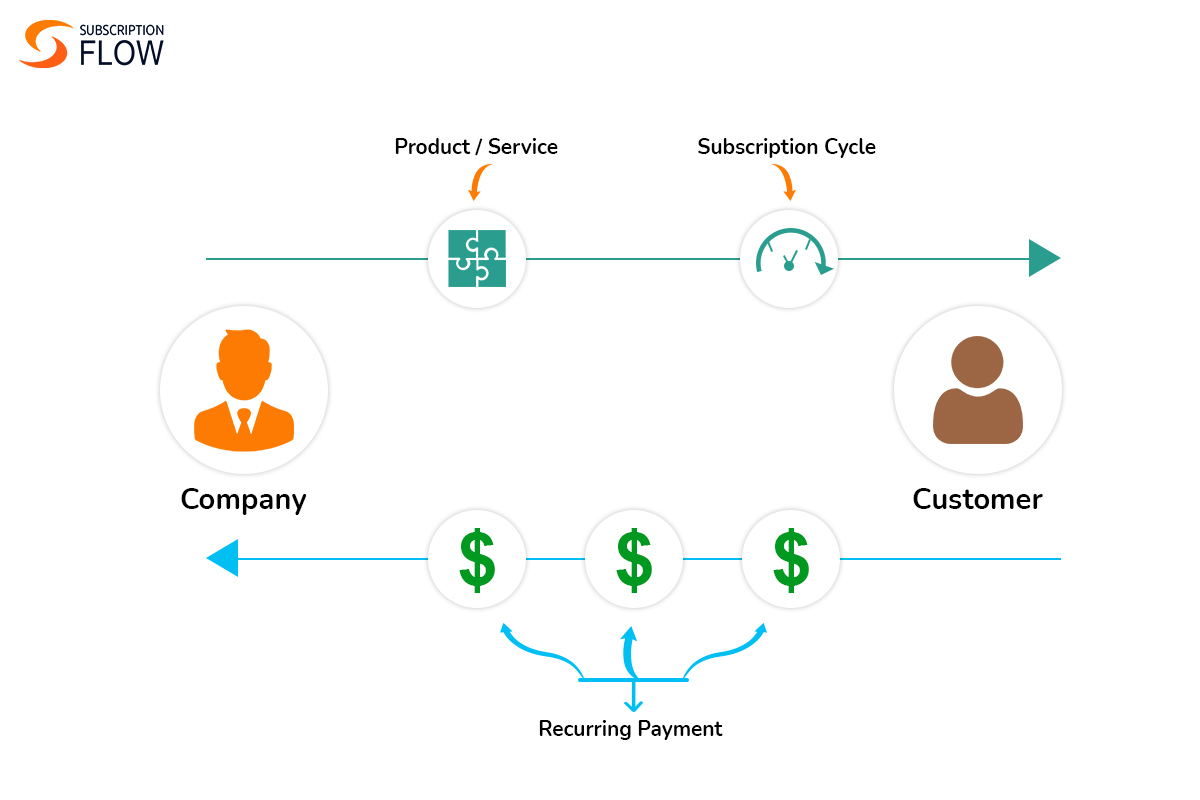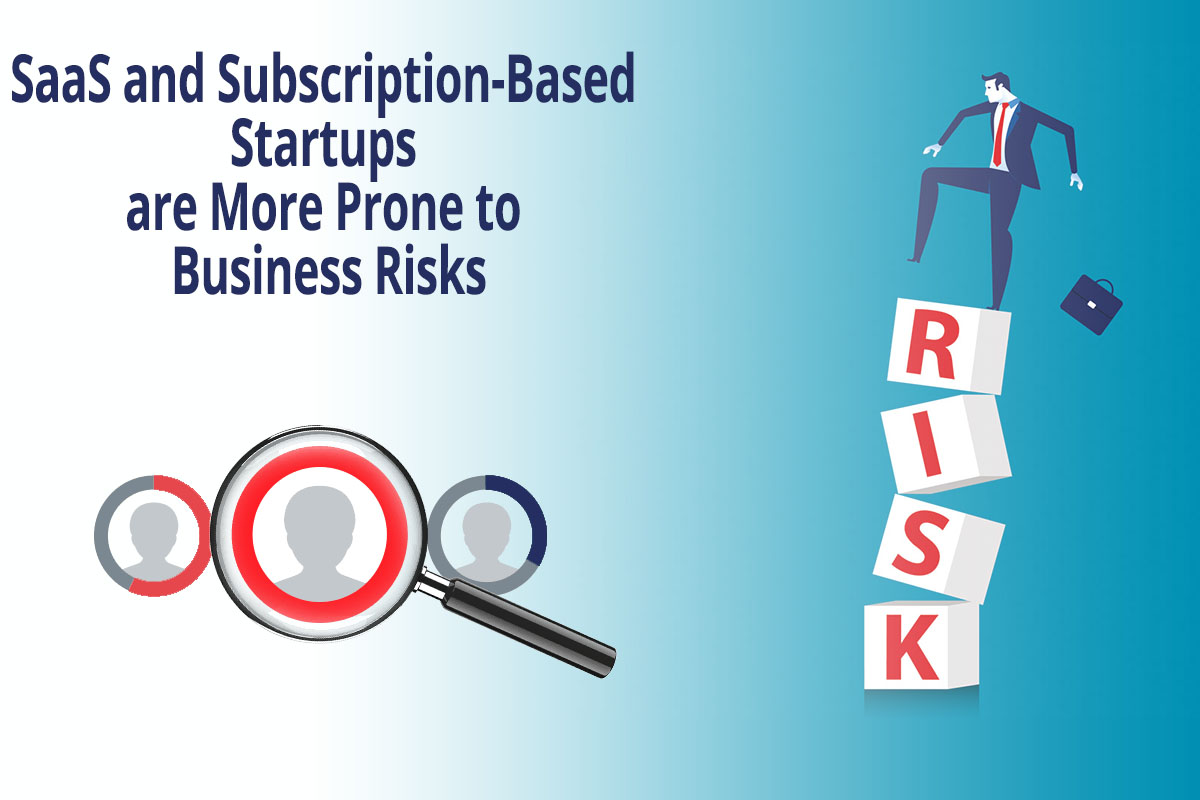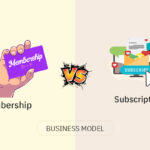
5 Interesting Recent Statistics on the Subscription Business Model
In the free-market economy that is dominant the world over, the question of how to build a successful, scalable, and sustainable business is as relevant as ever! A lot can be said about the recipe for success in a business venture, and the right business model is at the forefront of this conversation. Here we take a look inside the statistics on the subscription business model that has rapidly gained popularity in recent years by exploring 5 insightful subscription business statistics!
What is a Subscription Business Model?
Subscription businesses follow a recurring revenue model involving weekly, monthly, or yearly payments by customers in exchange for a product or service. The monthly subscription model is an all-time favorite and subscribers may choose between evergreen plans that auto-renew each month indefinitely unless canceled or termed plans that require customers to opt for renewal after a certain period has elapsed.
To What Does the Subscription Model Owe its Success?
Gartner reports that 75% of the organizations selling directly to consumers are projected to offer subscription services by 2023. In the past decade and a half, this model has completely changed the way companies do business. It is also projected to only become more popular in the coming years.
This model owes its success to the convenience it offers both the company and the consumer. The business can leverage customer relationships to create a steady stream of revenue. The customer can automatically repurchase a product or service they want to continue using in the future, eliminating the hassle of repeated manual payments, and logistical problems.
Big strides in the advancement of technology have accelerated the success of this model. This includes the development of subscription management systems, automation in recurring billing, and secure online transactions through multiple available payment methods.
The use of AI is also projected to have a big impact on customer engagement which is projected to help companies improve customer satisfaction, revenue, and cost reduction by 25% by the end of 2023.

5 Insightful Statistics on the Subscription Business Economy
What follows is 1. a list of 5 insightful statistics that shed light on subscription business trends and forecast a picture of what the world of consumption will look like as this business model snowballs in the market.
Let’s dive in!
1. By 2025 the subscription economy will reach a market size of $1.5 trillion
There is no denying that the digital subscription economy is booming now more than ever. This is apparent from its amassing 650 billion U.S. dollars in 2020 of which roughly 45% or 292 billion U.S. dollars were accounted for by cloud service subscriptions. Meanwhile, the e-commerce segment is forecasted to reach a market size of 687 billion U.S. dollars by 2025. In a nutshell, the subscription economy is projected to reach $1.5 trillion by 2025.
These numbers are a testament to the fact that the 21st century is witnessing mass digitalization in how we store our data, how we shop, how we consume art, and the way we buy and sell products and services. This business shift feeds seamlessly into the post-pandemic, climate-threatened, and faster-than-ever-before world we are currently living in.
In this climate, the subscription-based model has reigned supremacy and put the final nail into the coffin of some legacy systems of the past. The bottom line is that the subscription-based model is truly enjoying its heyday and growing technology is at the heart of its success!
2. 64% of US households are no longer interested in traditional television subscriptions
With subscription-based companies such as Netflix, Hulu, Amazon Prime Video, and HBO Max dominating the entertainment industry, it comes as no surprise that legacy subscription services such as cable and satellite television, once considered important utilities, are on a steady decline.
A survey done on more than 2,600 U.S. consumers by The Trade Desk shows that 64% percent of U.S. households are planning to or have already cut the cord with cable TV. Previously, in 2019, this trend was also reported by the Convergence Research Group which found 34% of US households opting out of pay TV by the end of the year.
This change in turn shifts the advertisement strategies of other businesses changing the way revenue will be generated in the future!
3. 41% of US households subscribe to one or more streaming music services
The music industry has also seen the explosive rise of paid streaming services of which Spotify ranks at the top with over 100 million paid users. A Deloitte study has reported that 41% of American households subscribe to at least one of such music-streaming services. This trend is quickly making the traditional way to buy and sell music obsolete and has already transformed the music industry!
4. 48% of subscription businesses struggle to meet accounting and reporting challenges
The past few years have seen the enactment of many standards that businesses based on the recurring revenue model must uphold. This includes the recognition of revenue when realized and earned versus when it is received. Many businesses particularly small and SME businesses struggle to keep up with these regulations without the assistance of subscription management systems.
A study reports that 48% of such businesses face audit and compliance issues around revenue recognition. This illustrates some of the challenges to the subscription model that technological innovation can buffer!
5. The average subscription billing vendor is growing 30%–50% annually
Intuitively, as the subscription business thrives, the need for subscription management software grows as well. According to a report by Zion Market Research, the market for subscription management and billing is projected to grow at the rate of 15% between 2019 to 2025 and is projected to reach 10.5 billion US dollars by the end of 2025.
This is promising for subscription management SaaS companies with their share to earn in this upward current for subscription-based businesses. Many software solutions have propped up over the past few years and subscription management service providers are further developing their products in a competitive market. Such assistive technology is sure to become indispensable as more and more businesses begin to utilize this popular mode of operation.
Entrepreneurs who have discovered a market and a strategy for their products and services, stand to gain a lot from generating revenue through the subscription model with the assistance of rapidly evolving innovations in technology! This is sure to be a key player in this cultural reset of how business is going to be done in the coming decades!










